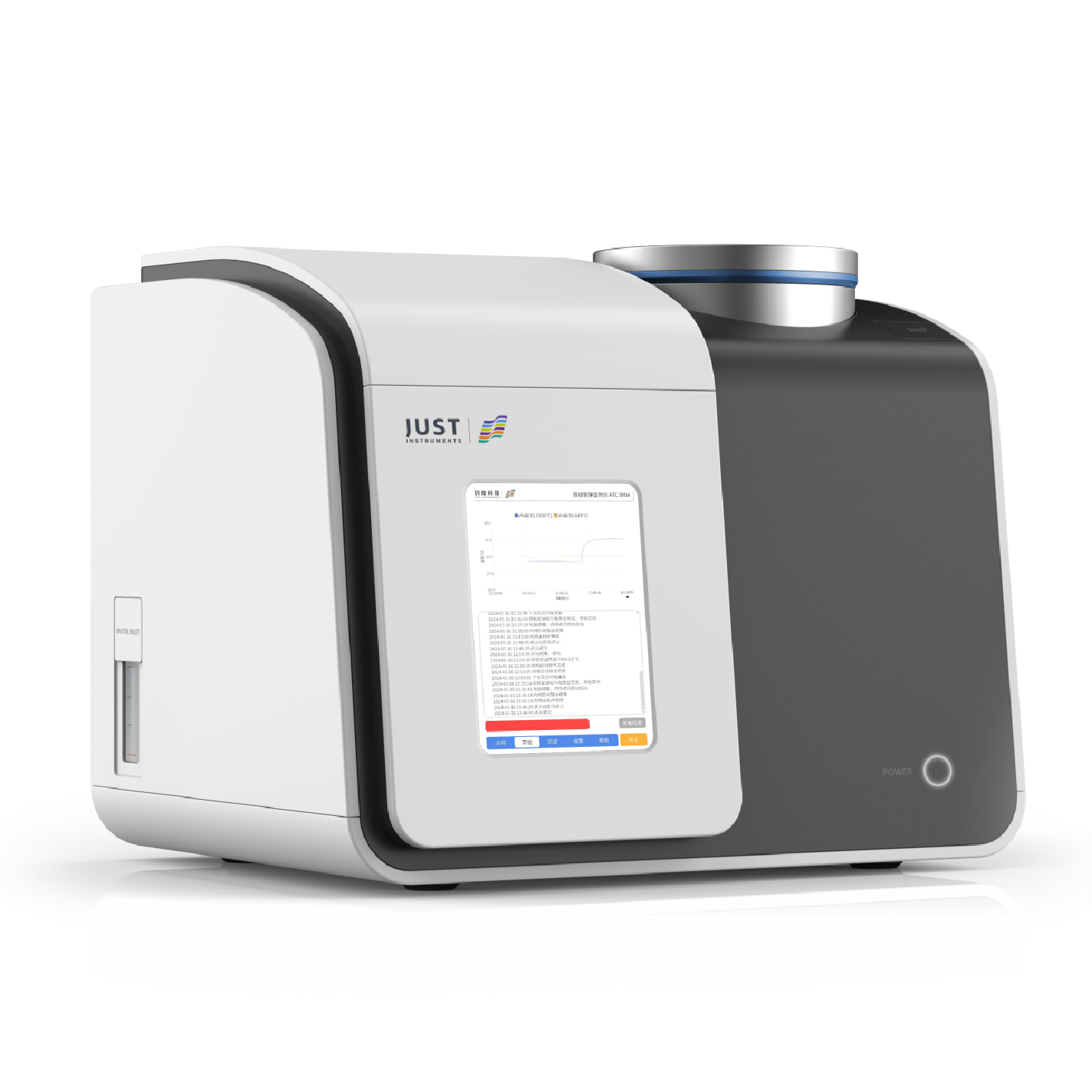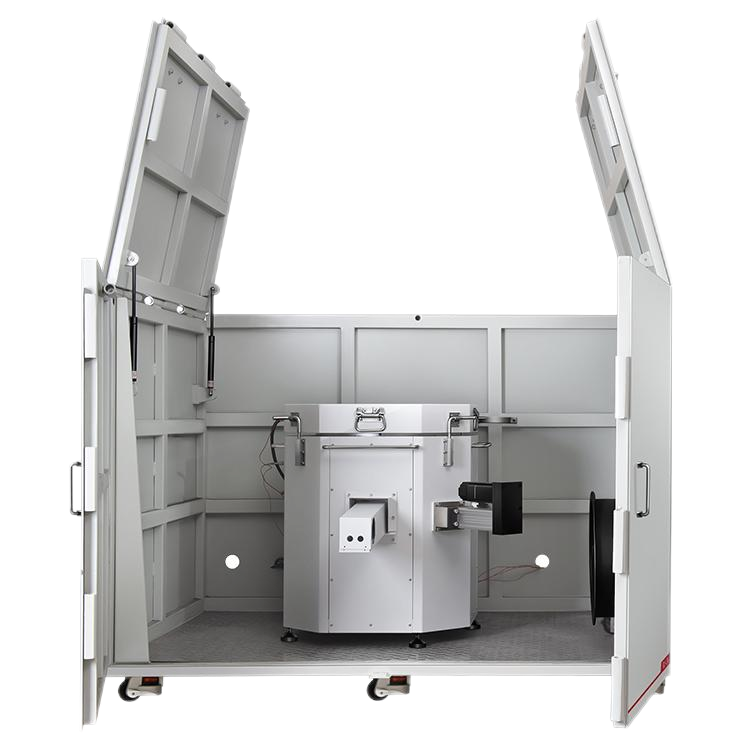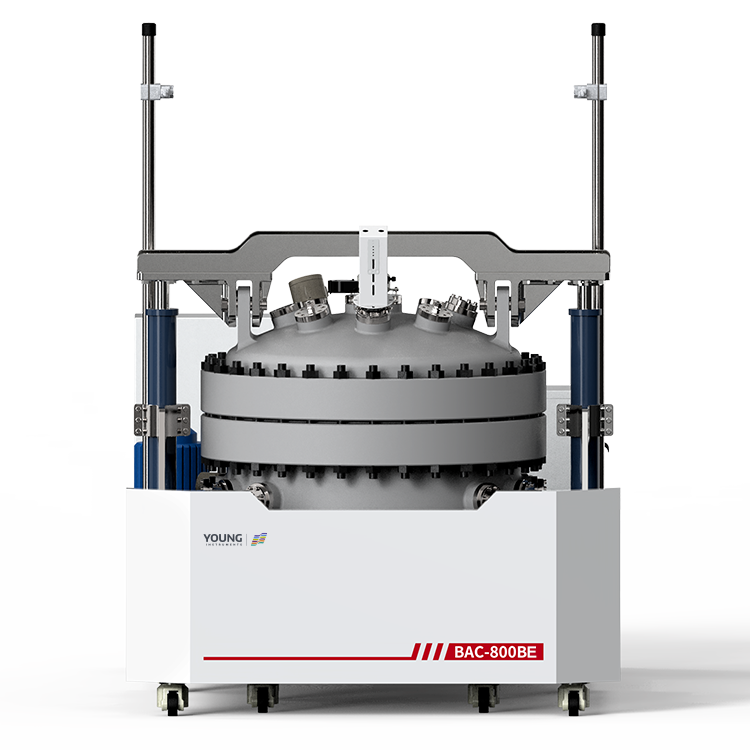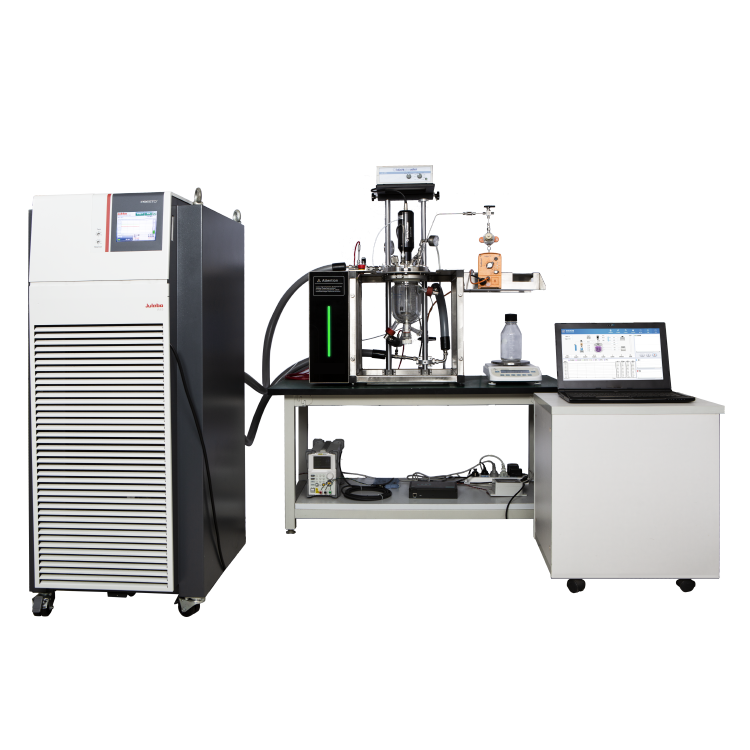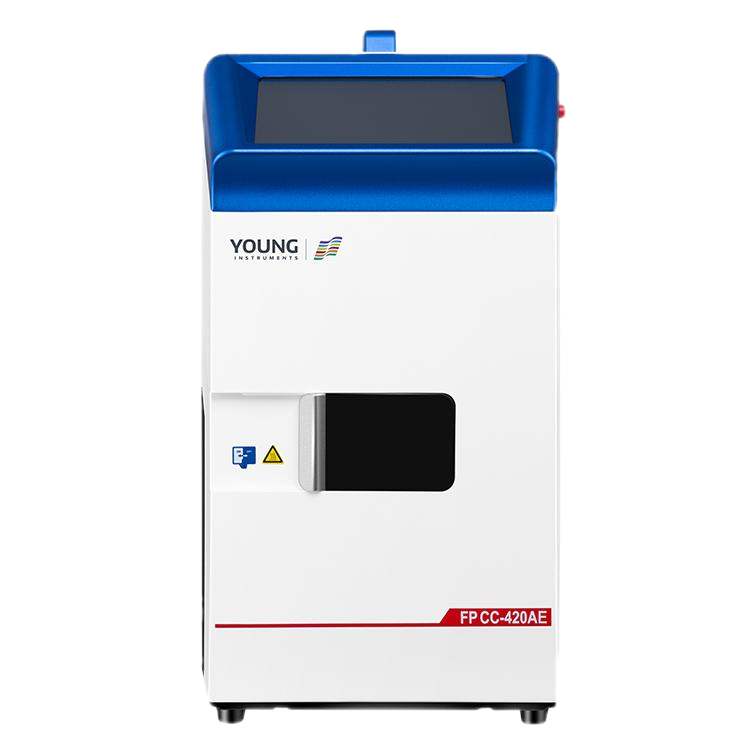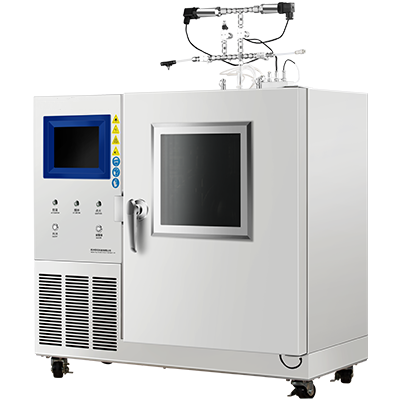Original Thermophysical Analysis Technique for Thermal Conductivity Testing of Soft-Pack Batteries
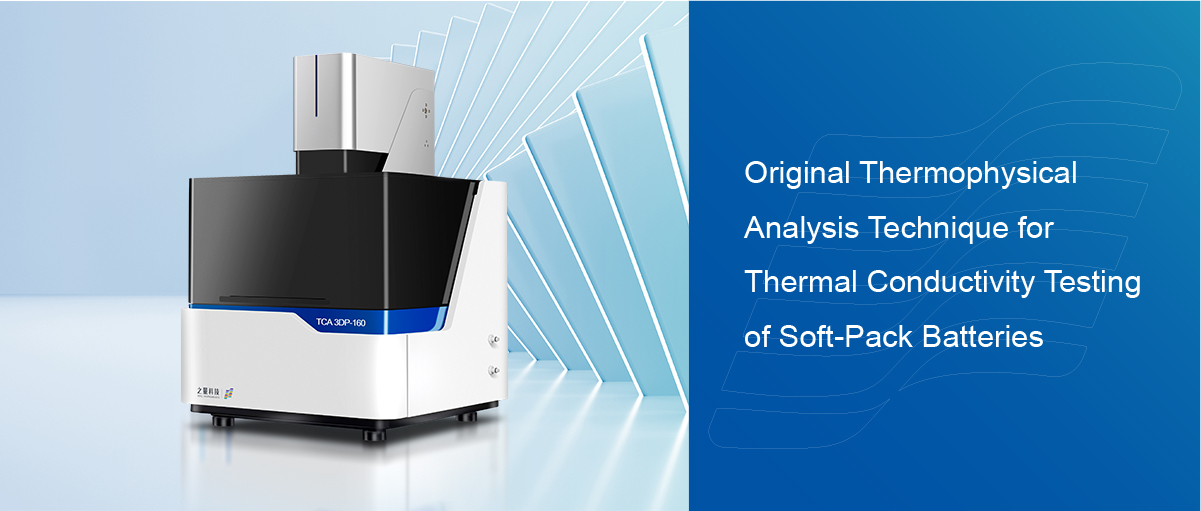
Background Introduction – Thermophysical Analysis Technique
As a significant force driving the energy revolution, lithium-ion batteries have rapidly become the primary energy storage medium for electric vehicles, portable electronic devices, and more, owing to their unique advantages. However, further development of lithium batteries faces various challenges, with thermal safety being one of the most critical issues.
In the development process of power battery systems, the thermal management and safety protection of batteries are at the core of their design. Excellent thermal management systems rely on simulation software for analysis, which, in turn, requires accurate input of battery thermal properties. properties include density, specific heat capacity, contact thermal resistance and thermal conductivity—the latter being one of the most crucial thermal properties. For the thermal conductivity of hard-shell batteries, the industry mostly relies on empirical values or theoretical models for estimation. However , for soft-pack batteries, there are feasible methods for testing thermal conductivity, which can be divided into steady-state and transient-state methods.
The steady-state method, as a traditional approach, provides relatively accurate results for determining the thermal conductivity of samples. However, this method has strict requirements for sample size, can only obtain longitudinal thermal conductivity, and requires a longer testing time. On the other hand, transient-state methods offer shorter testing times but are less accurate than the steady-state method. Transient-state methods mainly include the hot-wire method, flash method, and Hot Disk method, with the latter being widely used in the industry.

Fig. 1 Schematic diagram of experimental setup for steady state method and experimental test diagram for Hot Disk method
However, according to feedback from industry professionals, the Hot Disk method’s determination of thermal conductivity suffers from issues such as poor experimental repeatability and inaccurate test results, which limits the accuracy and guidance of simulation models.
The Solution – Original Thermophysical Analysis Technique
To address the various issues associated with the Hot Disk method, Zeal Instruments has developed the 3D Thermal Properties Analyzer(TCA 3DP-160) based on infrared thermal imaging and three-dimensional data inversion technology, as depicted in Figure 2.

Fig. 2 Schematic diagram of TCA 3DP-160 3D Thermal Physical Property Analyzer and its principle
The device applies pulse excitation to the bottom of soft-pack lithium batteries using flexible heating elements. Non-contact temperature measurement is performed on one side of the battery using an infrared thermal imager, and the longitudinal and transverse thermal conductivity of the battery is calculated through data inversion.
Experimental Section
Sample Preparation
Four soft-pack lithium batteries of different sizes and capacities were purchased and charged to 100% SOC. They were labeled as follows: 1#, 2#, 3#, and 4#.
Testing Procedure
The thermal conductivity of the samples was measured using both the3D Thermal Properties Analyzer(TCA 3DP-160) and the Hot Disk thermal conductivity analyzer (referred to as the TCA 3DP method and Hot Disk method, respectively). Each sample was measured six times. To compare and verify the accuracy of the results obtained by the TCA 3DP method and the Hot Disk method, the longitudinal thermal conductivity of the samples was measured twice using the steady-state method.
Experimental Results
The results obtained by the TCA 3DP method and the Hot Disk method for the transverse and longitudinal thermal conductivity are shown in Figure 3. It can be observed that the data variability obtained by the TCA 3DP method is relatively small, with the relative standard deviation basically controlled within 3%, indicating good experimental repeatability. Conversely, the data variability obtained by the Hot Disk method is larger, with relative standard deviations of up to 10.2% for transverse thermal conductivity and 14.1% for longitudinal thermal conductivity, much higher than those of the TCA 3DP method.
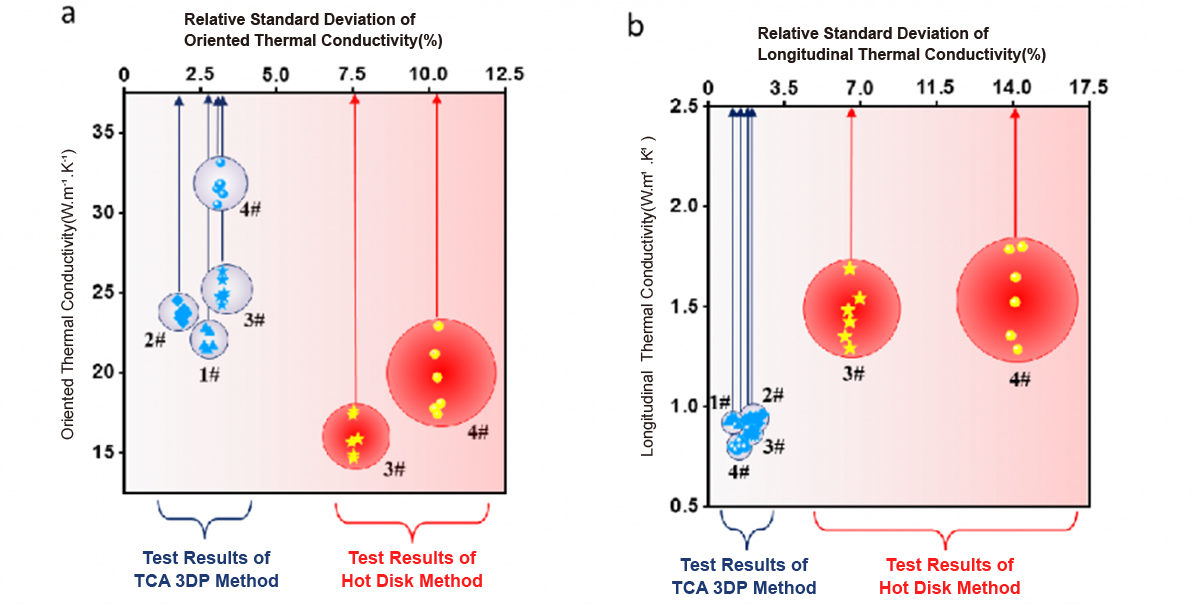
Fig. 3 Relative standard deviation of the oriented (a) and longitudinal (b) thermal conductivities measured by the TCA 3DP method and the Hot Disk method and the results of their 6 replicated experiments
These results indicate that the TCA 3DP method demonstrates much better experimental repeatability than the Hot Disk method. Moreover, to verify the accuracy of the TCA 3DP and Hot Disk methods, the relative deviations of the longitudinal thermal conductivity measured by these two methods from the steady -state method were calculated, as shown in Figure 4.

Fig. 4 Longitudinal thermal conductivity measured by steady state method, TCA 3DP method and Hot Disk method and their relative deviations from each other
It is evident that the results obtained by the TCA 3DP method are closer to those of the steady-state method, with relative deviations ranging from 4% to 11.5%, while those obtained by the Hot Disk method differ significantly from the steady-state method , with relative deviations ranging from 61.5% to 122.7%.
Therefore, compared to the Hot Disk method, the TCA 3DP method provides more accurate results for measuring thermal conductivity.

Fig. 5 Schematic diagram of the contact thermal resistance (a) and the problem of only reflecting the local characteristics of the sample (b) as tested by the Hot Disk method
Conclusion
The use of the TCA 3DP method in the 3D Thermal Properties Analyzer(TCA 3DP-160) Original Thermophysical Analysis Technique allows for accurate, efficient, and convenient measurement of the transverse and longitudinal thermal conductivity of soft-pack lithium batteries. This technology can provide reliable basic thermal property data support for battery thermal management and safety design in the development process of power batteries.
Reference
[1] XI Tonggeng, XIE Huaqing. Research status and development trend of thermophysical property testing technology[J]. Shanghai Measurement and Testing Center. 2002, 29, 7-12.
[2] Bazinski SJ, et al. Experimental study on the influence of temperature and state-of-charge on the thermophysical properties of an LFP pouch cell [J]. Journal of Power Sources, 2015, 293, 283-291.
[3] YU Kai-ke, TIAN Yu-peng, WANG Ping, YIN Xiang-jie, JIA Xing-wei, DONG Shi-yun. Measurement of In-plane Directional Thermal Diffusivity Using Pulsed Eddy Current Thermography[J]. Acta Metrologica Sinica,2019,40(6):1030-1036.







